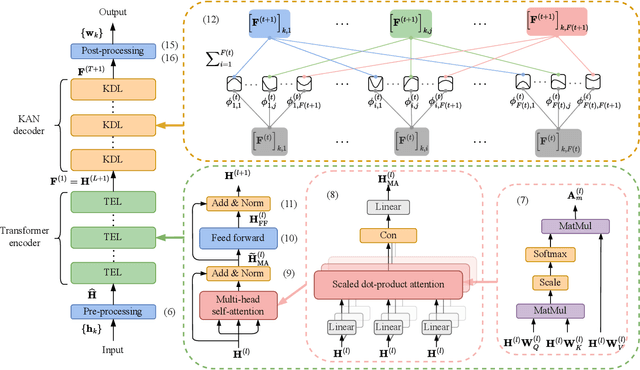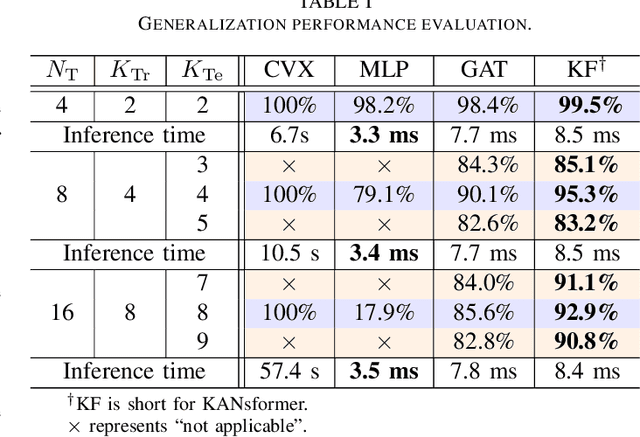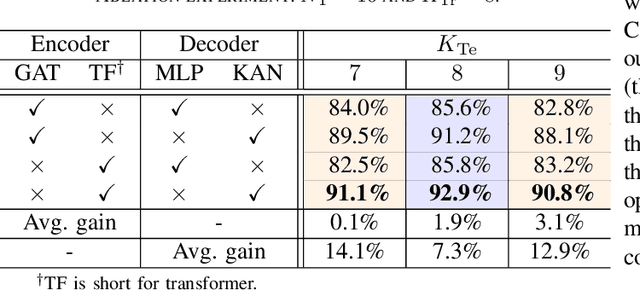Xinke Xie
Graph Neural Network Enabled Pinching Antennas
Feb 08, 2025Abstract:The pinching-antenna system is a novel flexible-antenna technology, which has the capabilities not only to combat large-scale path loss, but also to reconfigure the antenna array in a flexible manner. The key idea of pinching antennas is to apply small dielectric particles on a waveguide of arbitrary length, so that they can be positioned close to users to avoid significant large-scale path loss. This paper investigates the graph neural network (GNN) enabled transmit design for the joint optimization of antenna placement and power allocation in pinching-antenna systems. We formulate the downlink communication system equipped with pinching antennas as a bipartite graph, and propose a graph attention network (GAT) based model, termed bipartite GAT (BGAT), to solve an energy efficiency (EE) maximization problem. With the tailored readout processes, the BGAT guarantees a feasible solution, which also facilitates the unsupervised training. Numerical results demonstrate the effectiveness of pinching antennas in enhancing the system EE as well as the proposed BGAT in terms of optimality, scalability and computational efficiency.
KANsformer for Scalable Beamforming
Oct 28, 2024



Abstract:This paper proposes an unsupervised deep-learning (DL) approach by integrating transformer and Kolmogorov-Arnold networks (KAN) termed KANsformer to realize scalable beamforming for mobile communication systems. Specifically, we consider a classic multi-input-single-output energy efficiency maximization problem subject to the total power budget. The proposed KANsformer first extracts hidden features via a multi-head self-attention mechanism and then reads out the desired beamforming design via KAN. Numerical results are provided to evaluate the KANsformer in terms of generalization performance, transfer learning and ablation experiment. Overall, the KANsformer outperforms existing benchmark DL approaches, and is adaptable to the change in the number of mobile users with real-time and near-optimal inference.
 Add to Chrome
Add to Chrome Add to Firefox
Add to Firefox Add to Edge
Add to Edge